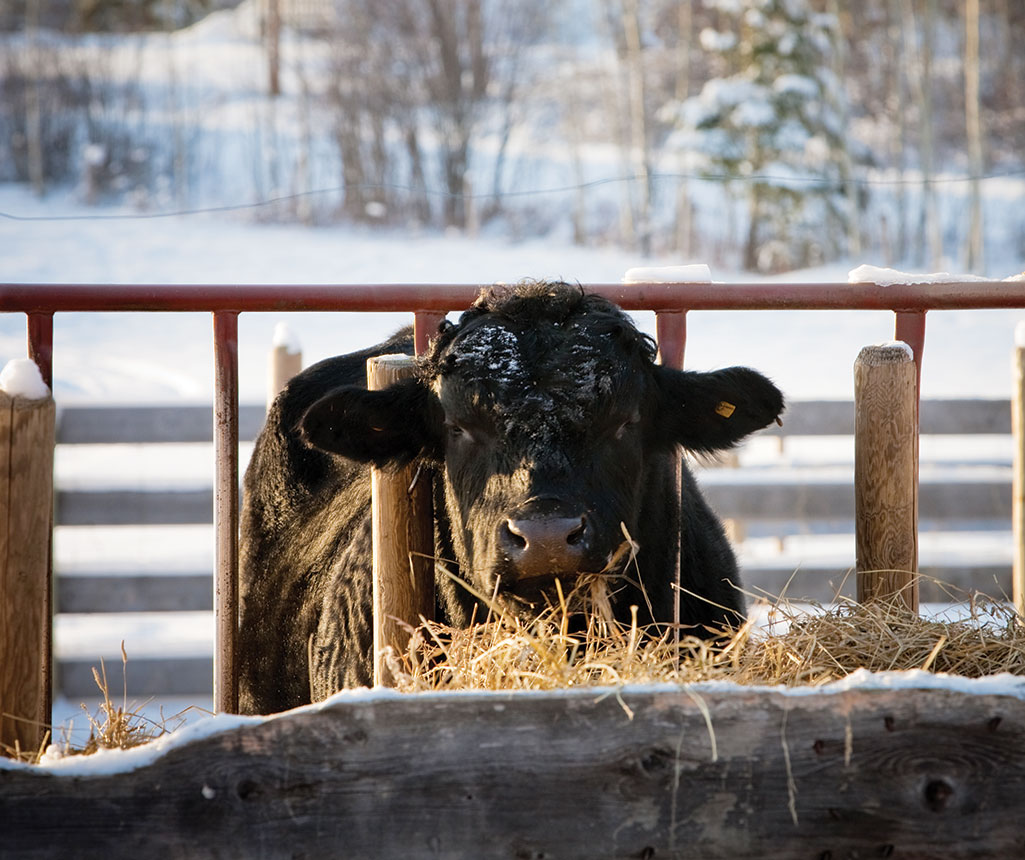
Cuttings costs with stockpiled and cool-season forages
Winter feeding can be one of the most expensive aspects of livestock production, but by turning to stockpiled forage and cool-season grasses, producers can reduce costs without sacrificing animal performance.
The High Cost of Winter Feeding
For many cattle producers, winter feeding often means buying hay and supplements to keep livestock healthy through the cold months. These costs can add up quickly, especially when hay quality is poor or supplemental feed is required for underperforming animals. Hay production involves significant labor, fuel, and equipment costs, while long feeding periods can extend the reliance on expensive supplements. Fortunately, alternatives exist that can help producers save money during the harsh winter months.
The Benefits of Stockpiled Forage
One of the most effective ways to cut winter feeding costs is to use stockpiled forage. This method involves allowing forage to accumulate in pastures, leaving it for grazing during the winter months. Stockpiled forage eliminates many of the costs associated with hay production, such as mowing, raking, baling, and hauling. An Oklahoma State University (OSU) study, Reducing Winter Feed Costs, estimates that hay harvest and storage can cost up to $35 per acre, making stockpiling a cost-effective alternative. By utilizing pastureland instead of relying on stored hay, producers can save substantially on feed costs.
Another advantage of stockpiled forage is that it allows livestock to graze naturally without the need for supplemental feeding during inclement weather. This not only cuts costs but also gives producers the flexibility to avoid feeding hay when the weather is too harsh for handling it. Forages like tall fescues are ideal for stockpiling, maintaining their nutritional value through the winter months. However, some forages, such as Bermudagrass, may require additional energy supplementation for optimal animal performance.
Cool-Season Forage as an Alternative
In addition to stockpiled forage, cool-season grasses provide another viable option for reducing winter feed costs. Cool-season pastures, such as wheat, ryegrass, and rye, are especially useful in areas like Oklahoma, where they provide fresh grazing during the colder months. Animal performance is generally good to excellent when grazing these pastures, and the cost of grazing is often lower than the combined expense of hay and supplements.
One of the most efficient ways to manage cool-season forages is through limited grazing. By allowing livestock to graze for only a few hours per day, producers can stretch the available forage and reduce the need for supplemental feeding. This method also preserves the quality of the pasture while minimizing the cost of additional feed. For those already using bermudagrass, overseeding with cool-season grasses like rye or ryegrass can extend the grazing period well into the winter.
The Importance of Proper Management
While stockpiled and cool-season forages can significantly reduce winter feed costs, they require careful management to ensure their effectiveness. Producers should pay close attention to pasture quality, ensuring that soils are properly fertilized, and the forages are managed to avoid overgrazing. Implementing rotational grazing or using electric fencing can help preserve forage quality and prevent waste.
Evaluating Winter Feeding Strategies
By incorporating stockpiled forage and cool-season pastures into their winter-feeding programs, producers can reduce the need for costly hay and supplements. Careful planning and management of these alternatives can lead to lower feeding costs and improved profitability during the winter months. For those looking to enhance their winter-feeding strategy, now is the time to evaluate alternatives and make adjustments that will lead to long-term savings.





